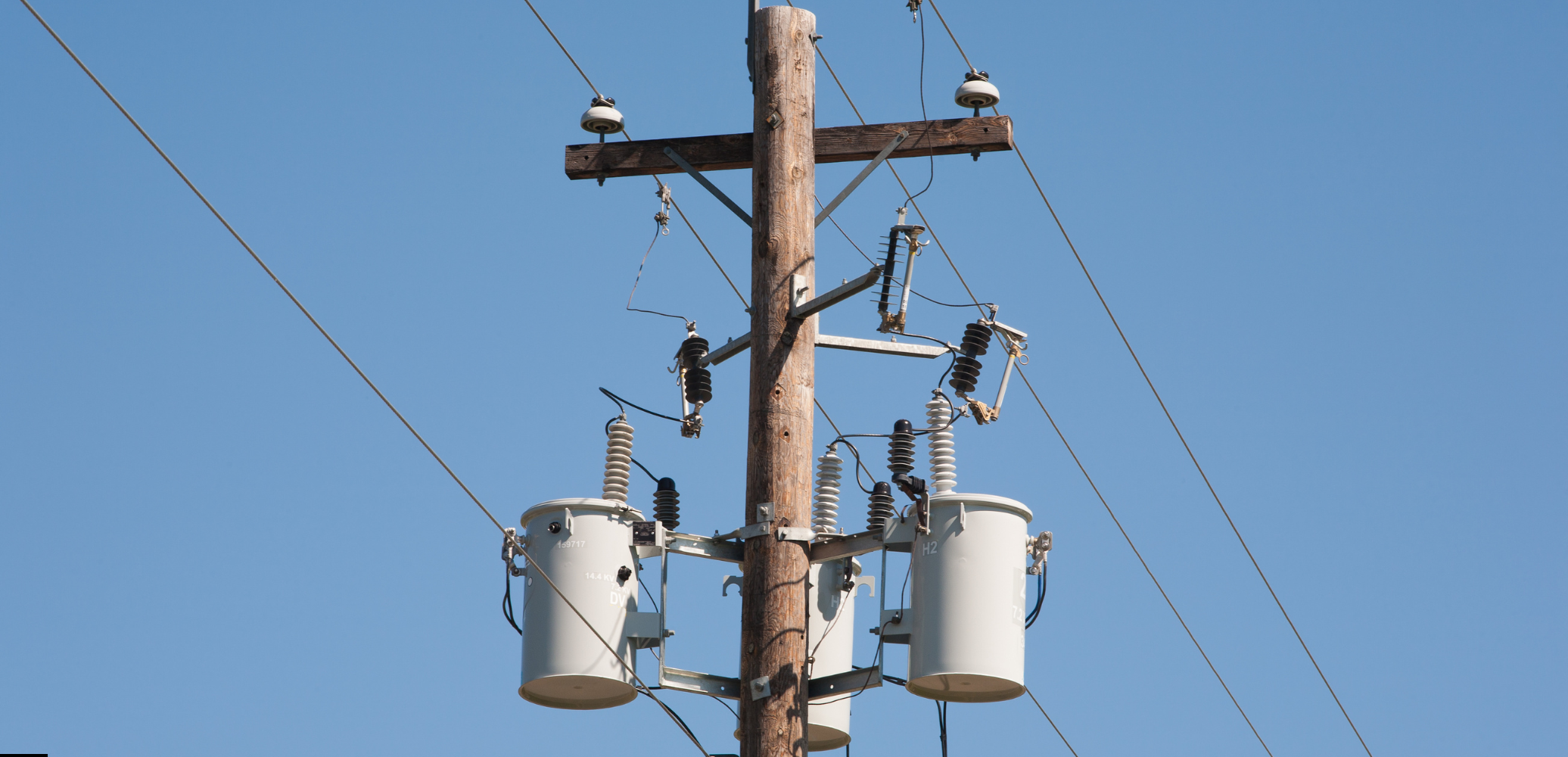%20Blog%2010%20-%20Designing%20for%20Growth.avif)
Population growth, urban sprawl, and commercial development are reshaping utility service areas across the country—particularly in fast-growing regions like the Southwest. For electric utilities, this trend creates a critical challenge: how to design infrastructure that keeps pace with expansion while maintaining safety, reliability, and cost-efficiency.
At Integrity, we help utilities anticipate, plan, and execute distribution system designs that support residential subdivisions, commercial developments, and multifamily growth. Here’s how utilities can prepare for—and thrive in—this new era of expansion.
Why Growth-Oriented Design Matters
Unplanned growth can lead to overloaded feeders, voltage fluctuations, and costly retrofits. Strategic, growth-oriented design ensures that:
- Infrastructure meets immediate demand and future scalability
- Systems are compliant with local codes and utility standards
- Developments are energized on time and within budget
- Long-term operational costs and risks are minimized
Without proactive planning, utilities risk reactive spending, customer dissatisfaction, and project delays.
Key Design Considerations for Expanding Areas
✅ Load Forecasting and Capacity Planning
Accurate projections are essential. Residential and commercial developments have different load profiles—and EV charging, solar adoption, and electrification trends add new variables. Utilities should:
- Analyze historical trends and regional development patterns
- Consider demand diversity in mixed-use zones
- Use tools like CYME to simulate future load scenarios
✅ Infrastructure Layout and Sizing
A one-size-fits-all approach doesn’t work. Proper sizing of transformers, conductors, and protective devices ensures reliability without overspending. Strategic layout planning should factor in:
- Road widening projects
- Customer connection points
- Street lighting zones
- Potential subdivision expansions or future phases
✅ Conductor and Equipment Selection
Long-lasting, utility-standard equipment is essential in new developments. Our teams help balance material availability, thermal ratings, and environmental resilience—especially in high-heat or wildfire-prone areas.
✅ Permitting and Joint Use Coordination
New construction often involves multiple stakeholders. Integrity supports right-of-way permitting, joint use agreements, and coordination with telecom, water, and gas utilities—ensuring smoother delivery and fewer surprises.
✅ Flexibility for Future Technologies
Designs should support the integration of:
- Distributed energy resources (DERs)
- Battery storage
- Microgrids
- Advanced metering infrastructure (AMI)
- EV charging infrastructure
Future-proofing design avoids costly retrofits and supports grid modernization.
The Integrity Approach: Growth Without Guesswork
Our approach to planning for subdivision and commercial expansion includes:
- Field verification and constructibility reviews
- GIS-based layout development
- Load studies and conductor sizing
- Trench and conduit design
- SCADA and automation planning
- QA/QC processes to ensure standard compliance
We work closely with developers, municipalities, and utility stakeholders to deliver designs that are buildable, scalable, and aligned with your capital planning strategy.
Real-World Impact
When utilities plan for growth early and strategically, they see:
- Fewer change orders and redesigns
- Shorter energization timelines
- Improved customer satisfaction
- More efficient use of capital budgets
- Reduced risk of rework or overbuild
Ready to Design for What’s Next?
Growth is happening—whether your grid is ready or not. With the right planning, tools, and support, utilities can stay ahead of demand and provide reliable service to new communities and businesses.
Need Help with Expansion Planning?
Integrity provides full-service distribution engineering and field services for new development, commercial expansion, and system upgrades. Let’s design for growth—together.
📩 Contact us at hello@integritypsc.com or visit integritypsc.com to learn more.





